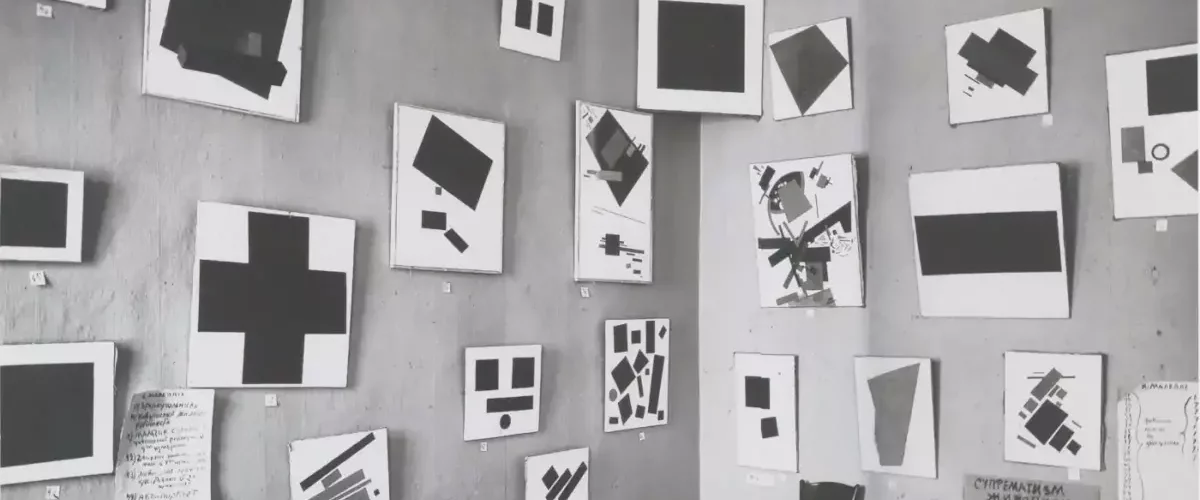One of the main symbols of the avant-garde was painted on top of another painting, and on the back, the author wrote down the name of another “black” masterpiece- “Black Square”.
It’s not a square – and it’s not black
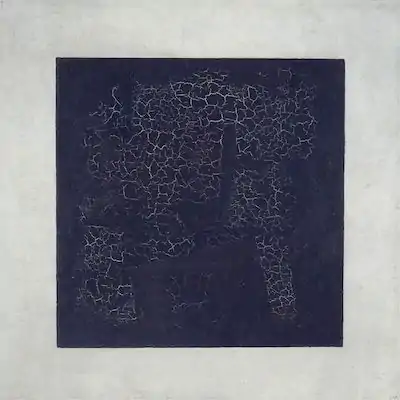
Kazimir Malevich’s “Black Square” is in fact not a square at all: none of its sides is parallel to either the opposite or the frame of the picture. Technically, it’s just a rectangle.
And he’s not black. Malevich used a special solution of paints, in which there was not a single black, so the name of the painting is not entirely true.
It has two creation dates
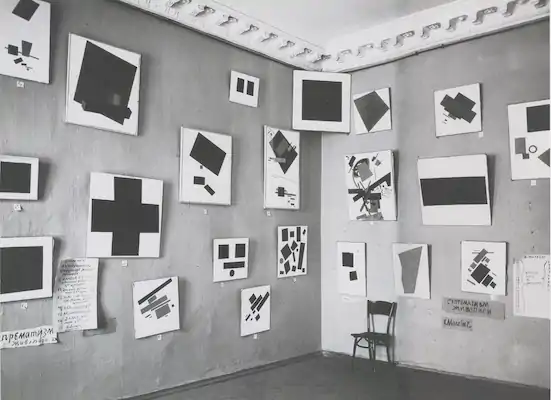
The Black Suprematist Square originally conceived by Malevich in 1913 as part of a stage curtain project for the futuristic opera Victory over the Sun (1913 music by Mikhail Matyushin, libretto by Alexei Kruchenykh). The artist did not attach importance to the actual date of creation of the picture. The first “Black Square” – physically created in 1915 for the “Last Futuristic Exhibition of Paintings” 0.10 “. Which held in Petrograd from December 19, 1915, to January 17, 1916. When Black Square was created (in June 1915), Malevich wrote “1913” on the back of a 1915 canvas, emphasizing that the work was originally created in 1913 and only painted in 1915. The author invariably called his work “The main element of Suprematism. Square. 1913″.
This is actually part of a triptych
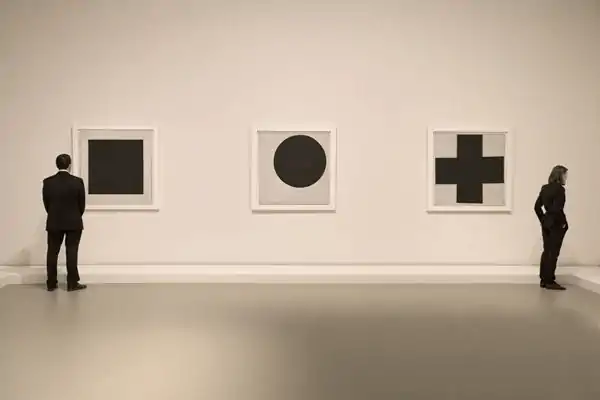
When the “Black Suprematist Square” was first exhibited in 1915, it was shown along with two other “basic Suprematist forms” – the “Black Circle” and the “Black Cross”, which are less well known than the “Black Square”.
It’s painted on top of another painting
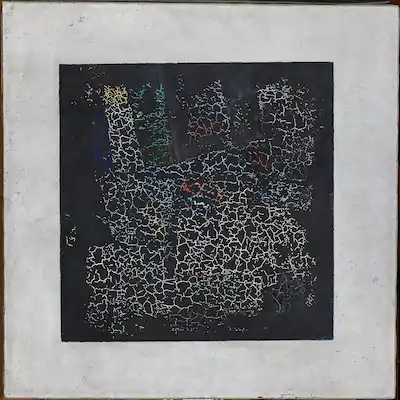
During an x-ray of the original painting, which was carried out in 2015, an important discovery was made. Before the “Black Suprematist Square”, there were two more paintings on canvas. The first was a composition in the style of Cubo-futurism, and the second, painted on top of the first, was a Suprematist composition. Malevich then painted over the entire canvas, creating the Black Suprematist Square.
The researchers were also able to read the pencil inscription on the back. “The inscription made in black pencil on a dried layer of white. Consists of three words and read by us as a “battle of blacks”, presumably “at night,” said researcher Ekaterina Voronina.
This is not the first completely black painting.
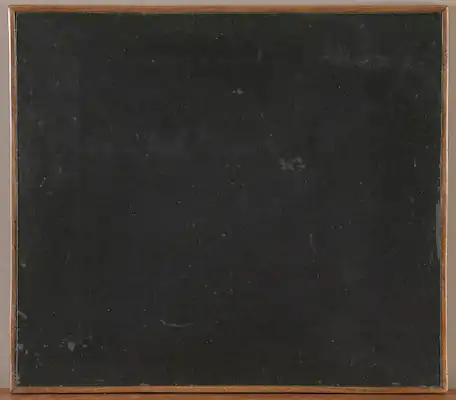
Combat de nègres pendant la nuit, 1882
The discovered inscription made by Malevich himself, graphologists say. In the inscription, he refers to what is probably the first all-black painting in history, which Malevich never saw, but apparently heard about it – “Combat de nègres pendant la Nuit” (“Battle of the Negroes at Night”), painted in 1882 by Paul Billo is not an artist, but a playwright and librettist. “Battle of the Negroes at Night” is a completely black canvas. Missing since 1882, this painting found in 2017-2018 in a private collection.
However, even Billo’s painting is not the first image of the black in history – the English physician and occultist Robert Fludd published an image of “Darkness” in his 1617 book on the origin and structure of the cosmos, and the French illustrator Bertal published his black View of La Hogue (night effect) in 1843.
There are four “Black Squares”
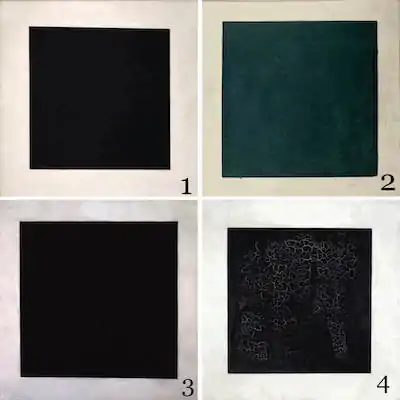
Kazimir Malevich created several authors’ repetitions of the “Black Square”. Currently, there are four versions of the “Black Square”, which differ in pattern, texture, and color.
The first “Black Square” – created in 1929, painted by Malevich for a solo exhibition at the Tretyakov Gallery. An exact copy of the original (also 79.5 cm on each side) and also kept in the Tretyakov Gallery.
The second “Black Square”, – is the most mysterious. Created in 1932 and measures 53.5 by 53.5 cm. Nothing was known about it until 1993 when it surfaced in Samara – a person whose name not disclosed brought it to the bank as collateral for a loan. The painting was not returned and was eventually sold to the oligarch Vladimir Potanin, who then transferred it to the State Hermitage Museum, where it is currently kept.
The third – 106 by 106 cm, created in 1923 to participate in the Venice Biennale. Kept in the Russian Museum.
The fourth “Black Square” created in 1915 and exhibited at the “0.10” exhibition. Kept in the Tretyakov Gallery. The size of his canvas is 79.5 by 79.5 centimeters.
Malevich also painted the paintings known as “Red Square” and “White Square”
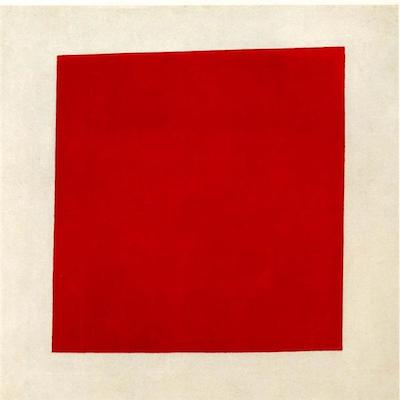
“Red Square”, titled “Picturesque realism of a peasant woman in two dimensions”. Painted by Malevich in 1915 for the same exhibition at which “Black Square” was first presented.
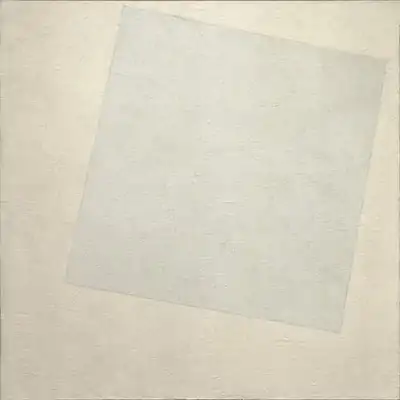
“White Square”, called “White on White”, was created in 1918. Painted in two close shades of white. The background of the picture painted in a slightly warm shade, with an admixture of ocher. The square – painted in a cold bluish tint. The artist himself wrote: “The Suprematist three squares are the establishment of certain worldviews and world-building… black as a sign of the economy, red as a signal for revolution and white as pure action.”
Visit our blog and learn more interesting facts about the most famous works of art.
